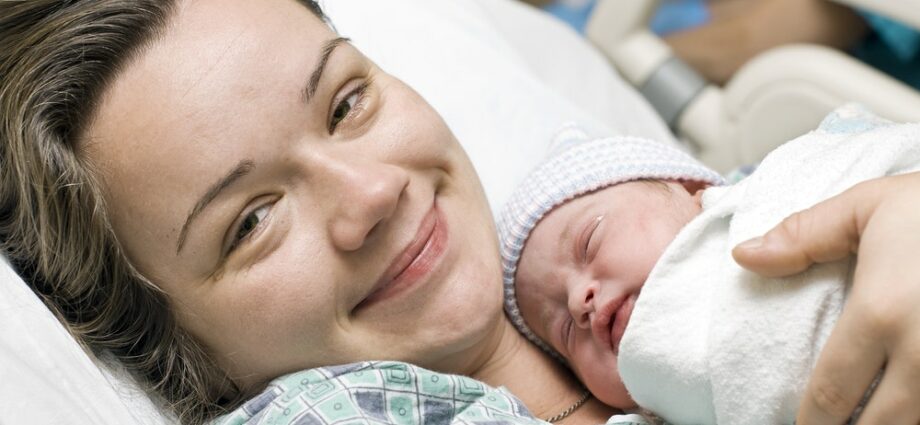Contents
Childbirth: why does it hurt?
Why are we in pain? What types of pain do you feel when giving birth? Why do some women give birth to their child without (too much) suffering and others need anesthesia at the very start of labor? What pregnant woman has never asked herself at least one of these questions. The pain of childbirth, even if it can be largely relieved today, still worries future mothers. Rightly so: giving birth hurts, there is no doubt about it.
Dilation, expulsion, distinct pains
During the first part of childbirth, called labor or dilation, pain is caused by uterine contractions that gradually open the cervix. This perception is usually inconspicuous at first, but the more the labor progresses, the more the pain becomes intense. It is exertion pain, a sign that the uterine muscle is working, and not a warning, as is the case when you burn yourself or when you hit yourself. It is intermittent, that is, it corresponds to the precise moment when the uterus contracts. The pain is usually located in the pelvis, but it can also radiate to the back or legs. Logical, because in the long term the uterus is so large that the slightest stimulation can have repercussions on the whole body.
When the dilation is complete and the baby has descended into the pelvis, the pain of the contractions is then overcome by an irrepressible urge to push. This sensation is powerful, acute and reaches its climax when the baby’s head is released. At this moment, the extension of the perineum is total. Women describe a feeling of spreading, tearing, fortunately extremely brief. Unlike the dilation phase where the woman welcomes the contraction, during the expulsion, she is in action and thus more easily overcomes the pain.
Childbirth: an eminently variable pain
Obstetric pain during childbirth is therefore caused by very specific anatomical mechanisms, but it is not just that. It is indeed very difficult to know how this pain is felt because, it is its particularity, she is not perceived the same way by all women. Certain physiological factors such as the position of the child or the shape of the uterus can actually influence the perception of pain. In some cases, the baby’s head is oriented in such a way in the pelvis that it causes lower back pain that is more difficult to bear than ordinary pain (this is called giving birth through the kidneys). Pain can also very quickly be accentuated by poor posture, which is why more and more maternity hospitals are encouraging mothers to move during labor. The pain tolerance threshold also varies from person to person. and depends on our personal history, our experience. Finally, the perception of pain is also eminently linked to fatigue, fear and past experiences.
The pain is not just physical …
Some women tolerate contractions easily, others have pain, very pain and feel overwhelmed at the very beginning of labor, while objectively the pain is bearable at this stage. Even under epidural, mothers say they feel body tensions, unbearable tightness. Why ? The pain of childbirth is not only caused by physical exertion, it also depends on the psychological state of the mother. The epidural analgesia the body, but it does not affect the heart or the mind. The more the woman is anxious, the more she is likely to have pain, it is mechanical. Throughout childbirth, the body produces hormones, beta-endorphins, which reduce pain. But these physiological phenomena are very fragile, many elements can break this process and prevent hormones from acting. Stress, fear and fatigue are part of it.
Emotional security, serene environment: factors that reduce pain
Hence the importance for the future mother to prepare for the birth and to be accompanied on D-Day by a midwife who listens to her and reassures her. Emotional security is essential in this exceptional moment that is childbirth. If the mom feels confident with the team taking care of her, then the pain will be alleviated. The environment also plays a key role. It has been proven that intense light, perpetual comings and goings, the multiplication of vaginal touches, the immobility of the mother or the ban on eating were perceived as attacks that caused stress. We know for example that uterine pain increases the secretion of adrenaline. This hormone is beneficial during labor and also welcome before birth, as it allows the mother to find the energy to expel the baby. Corn in the event of increased stress, both physical and psychological, its secretion increases. Adrenaline is found in excess and all hormonal phenomena are reversed. Which risks disrupt birth. The state of mind of the mother-to-be, as well as the conditions in which childbirth takes place, therefore play an essential role in pain management, whether one chooses a childbirth with or without an epidural.










